Paleontologists Find Evidence Of Fruit-Eating In Fossil Birds With Teeth
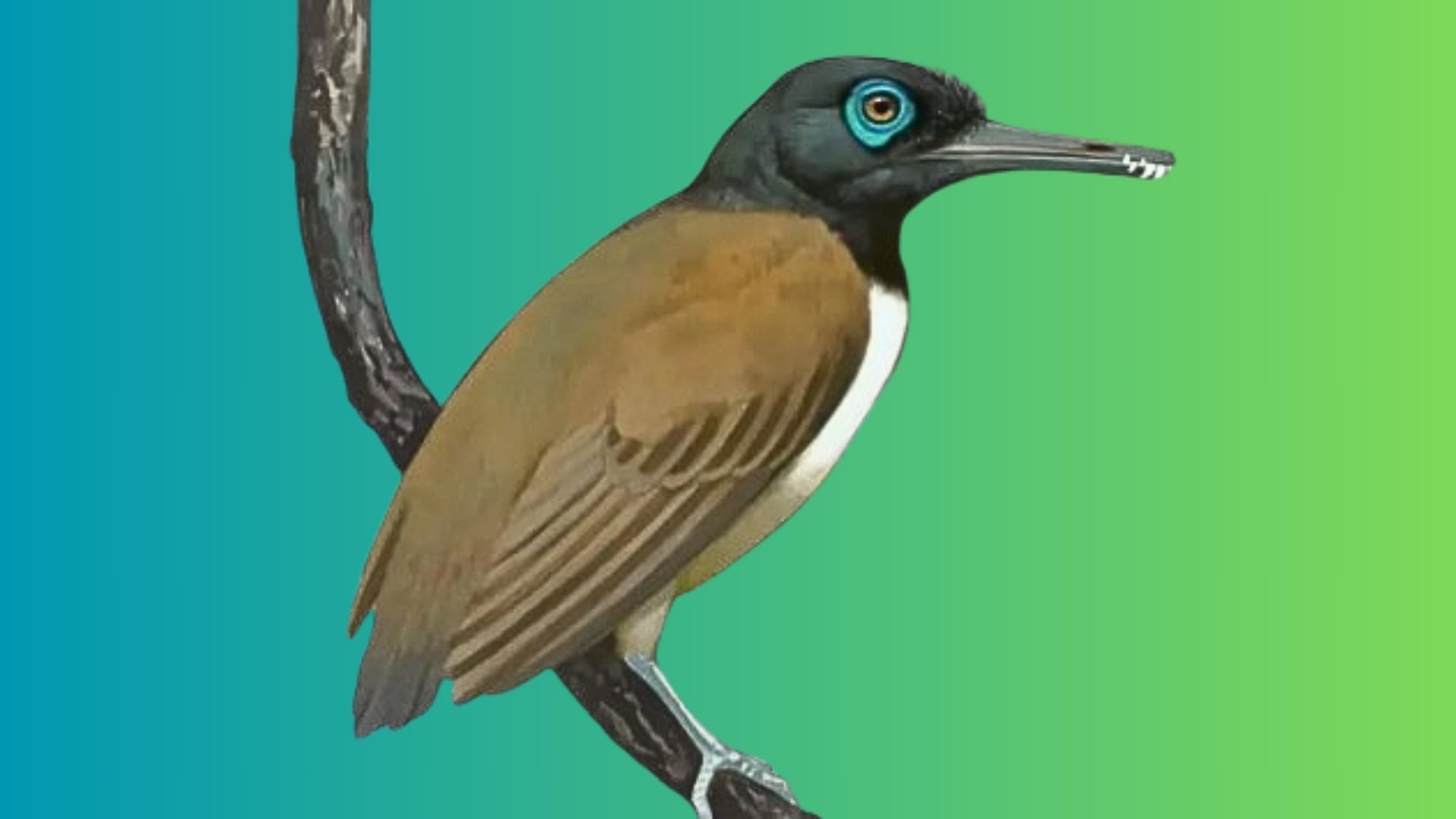
In a fascinating turn of events, paleontologists have discovered evidence suggesting that some ancient birds with teeth were fruit-eaters.
These findings revolutionize our understanding of prehistoric ecosystems and bird evolution.
This article will explore unique insights into this discovery, showcasing the intriguing world of fossil birds and their fruity diets.
1. Ancient Birds’ Fruity Diet

In ancient times, some birds had teeth and enjoyed a diet that included fruits. This discovery has brought a fresh perspective on what these prehistoric creatures consumed.
Imagine a bird, not unlike today’s parrots, but with teeth, munching on ripe fruits. Such an adaptation may have allowed them access to a diverse range of food sources.
The presence of teeth suggests these birds could easily break into tough fruit skins, offering them a rich and varied diet.
This unique trait sets them apart from modern birds, showcasing a lost evolutionary path that once thrived.
2. The Role Of Teeth
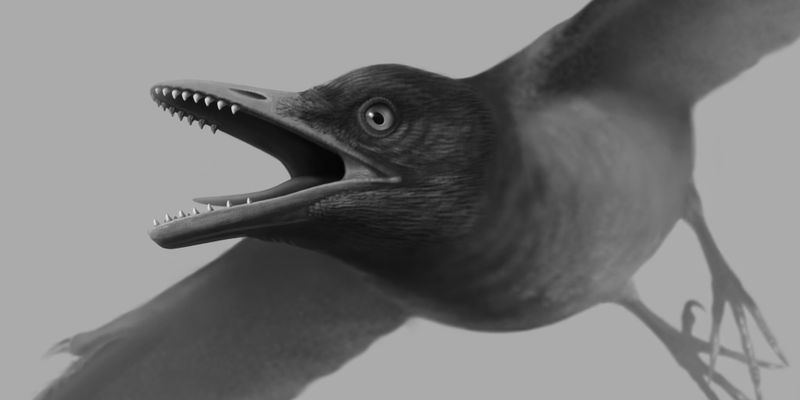
Birds with teeth are a rare find today, but in the past, these features were more common. The teeth served specific purposes, such as tearing into fruits or possibly even small animals.
While modern birds like eagles have sharp beaks, these ancient creatures used their teeth as effective tools. This adaptation showcases the varied evolutionary paths birds have taken over millions of years.
Understanding these features helps scientists piece together how ancient birds lived and adapted to their environments, revealing a lost chapter in avian history.
3. Evolutionary Implications
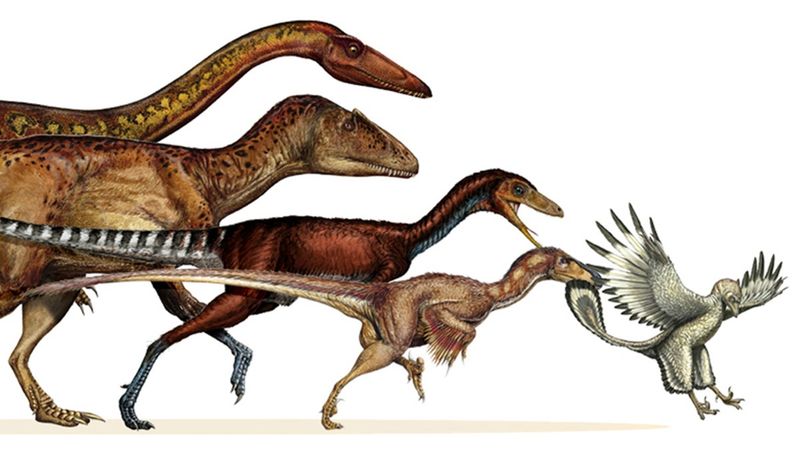
The presence of teeth in fossil birds opens new avenues for understanding avian evolution. It suggests that birds once had a broader range of physical characteristics that helped them thrive in their environments.
This discovery provides clues about how birds might have evolved from dinosaurs, gradually losing their teeth as they adapted to new diets and habitats.
The evolutionary journey from toothed to toothless birds underscores nature’s adaptability, highlighting the dynamic shifts that have occurred over millions of years. This perspective enriches our understanding of avian ancestry.
4. Fossil Discoveries
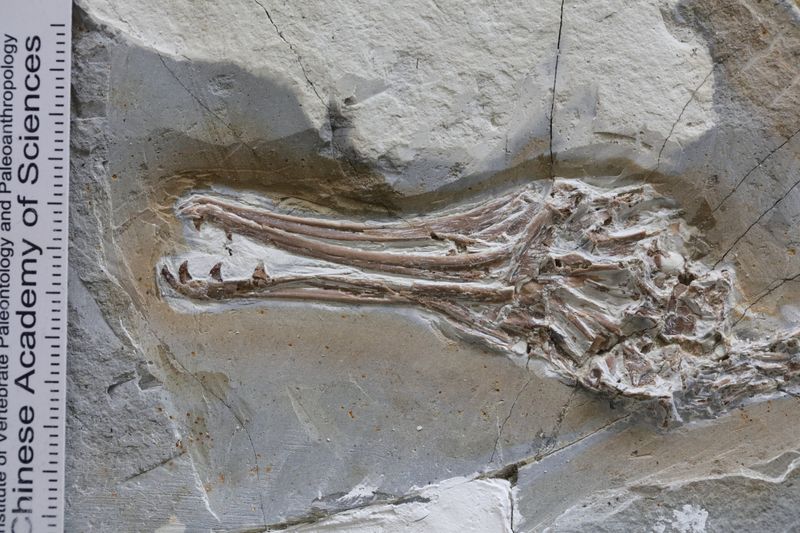
Fossils have always been windows to the past, and the discovery of birds with teeth is no exception. These finds have been unearthed in various parts of the world, giving scientists insight into diverse environments where these birds once lived.
The meticulous process of uncovering these fossils often involves careful excavation and analysis. Each fossil find adds a new piece to the puzzle of Earth’s ancient history.
Such discoveries are vital for understanding the ecological roles these birds played, offering a glimpse into ecosystems long vanished.
5. Dietary Adaptations
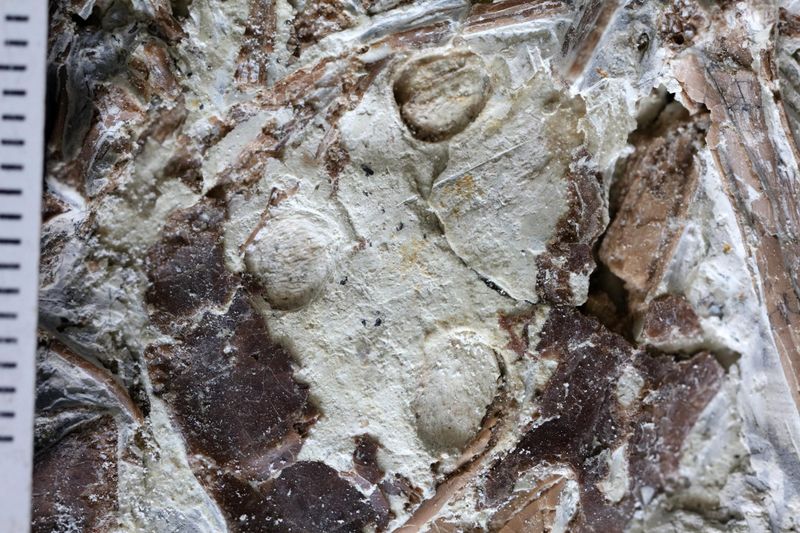
The diet of toothy birds likely included a variety of fruits that were available millions of years ago. With their teeth, these birds could exploit food sources that other creatures might have ignored.
This adaptation hints at a rich diversity of prehistoric flora, suggesting that ancient ecosystems were as complex and interdependent as today’s. The ability to consume a wide range of fruits might have given these birds a competitive edge.
Such dietary habits reveal the intricate balance of ancient food webs and the creative adaptations that evolved.
6. Paleontologists’ Insights
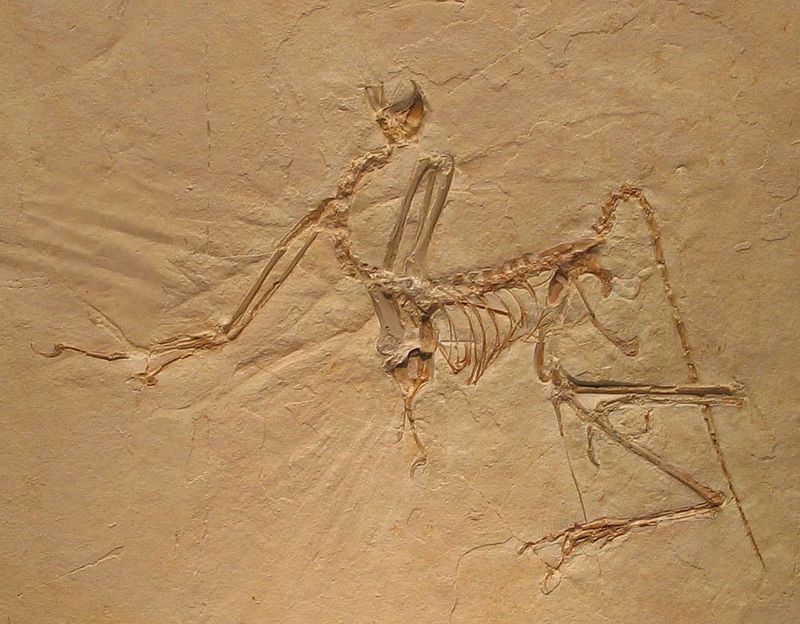
Paleontologists have worked tirelessly to uncover the secrets of ancient birds. Their findings not only reveal dietary habits but also stimulate discussions about bird behavior and ecology.
Through detailed analysis, they can infer the role these birds played in their ecosystems. Such research fosters collaboration across disciplines, enriching the scientific community’s understanding of the past.
The combined efforts of paleontologists around the world continue to shed light on these intriguing creatures, ensuring that the story of fossil birds remains vibrant and compelling.
7. Fun Facts About Fossil Birds
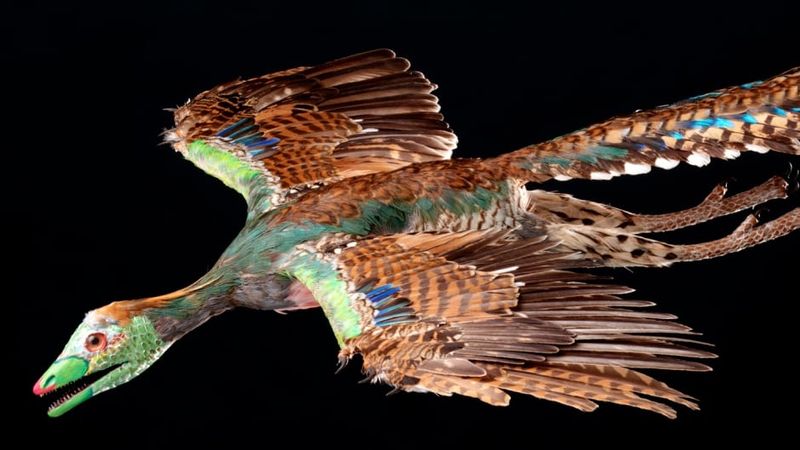
Did you know that some fossil birds with teeth also had vibrant feathers? These plumage patterns might have been used for mating displays or camouflage.
Interestingly, the combination of teeth and feathers suggests a unique blend of reptilian and avian traits. This duality makes fossil birds a fascinating subject for study.
Exploring these creatures’ quirks teaches us about the diversity of life that once flourished on Earth, reminding us of the extraordinary creatures that once roamed our planet. Such fun facts bring the ancient world to life in vivid detail.
8. Impact On Modern Birds

The study of fossil birds with teeth offers insights into the evolution of modern birds.
While today’s birds have evolved different beak shapes and sizes, understanding their toothed ancestors highlights evolutionary flexibility.
This comparison reveals how birds adapted over time, losing teeth as their beaks became specialized for varied diets.
The transformation from toothy ancestors to modern species underscores the dynamic nature of evolution. It’s a reminder of the constant changes that shape the world of birds, providing context for how current species have emerged.






